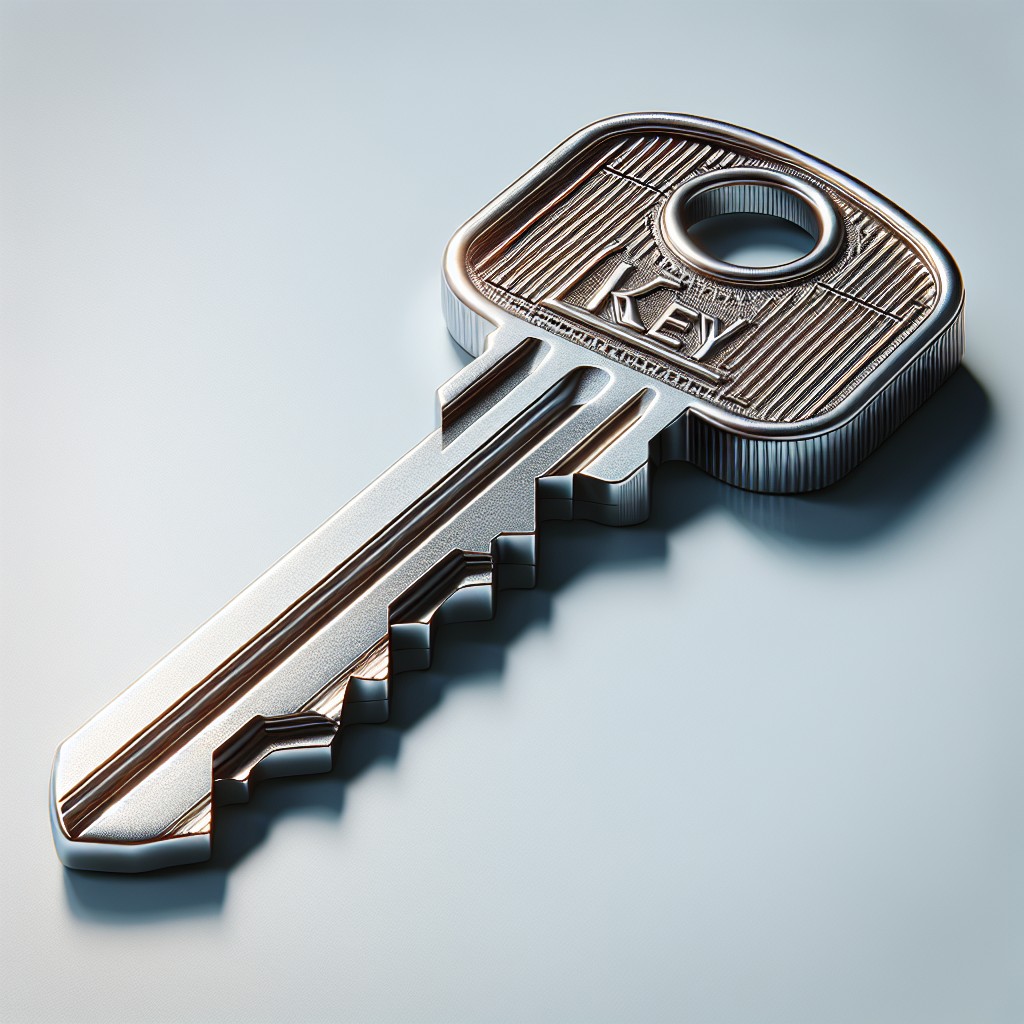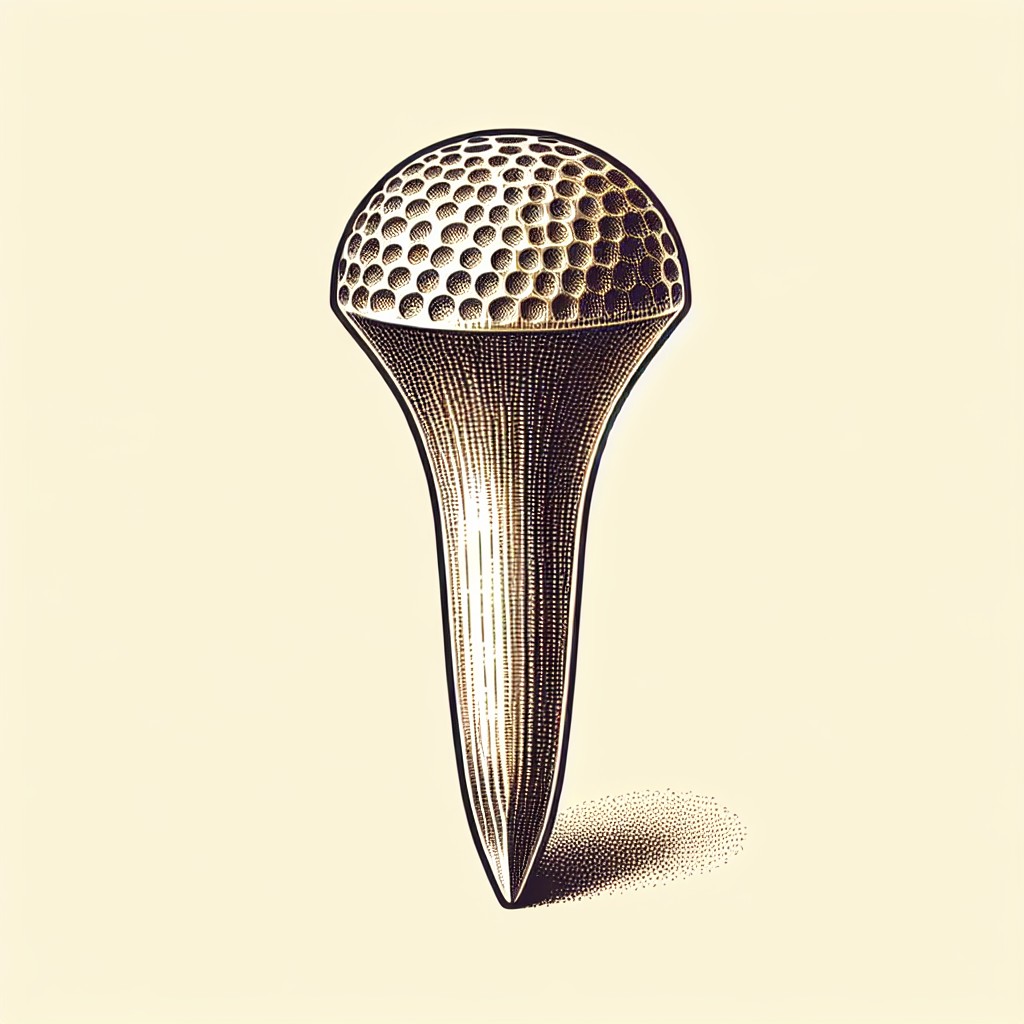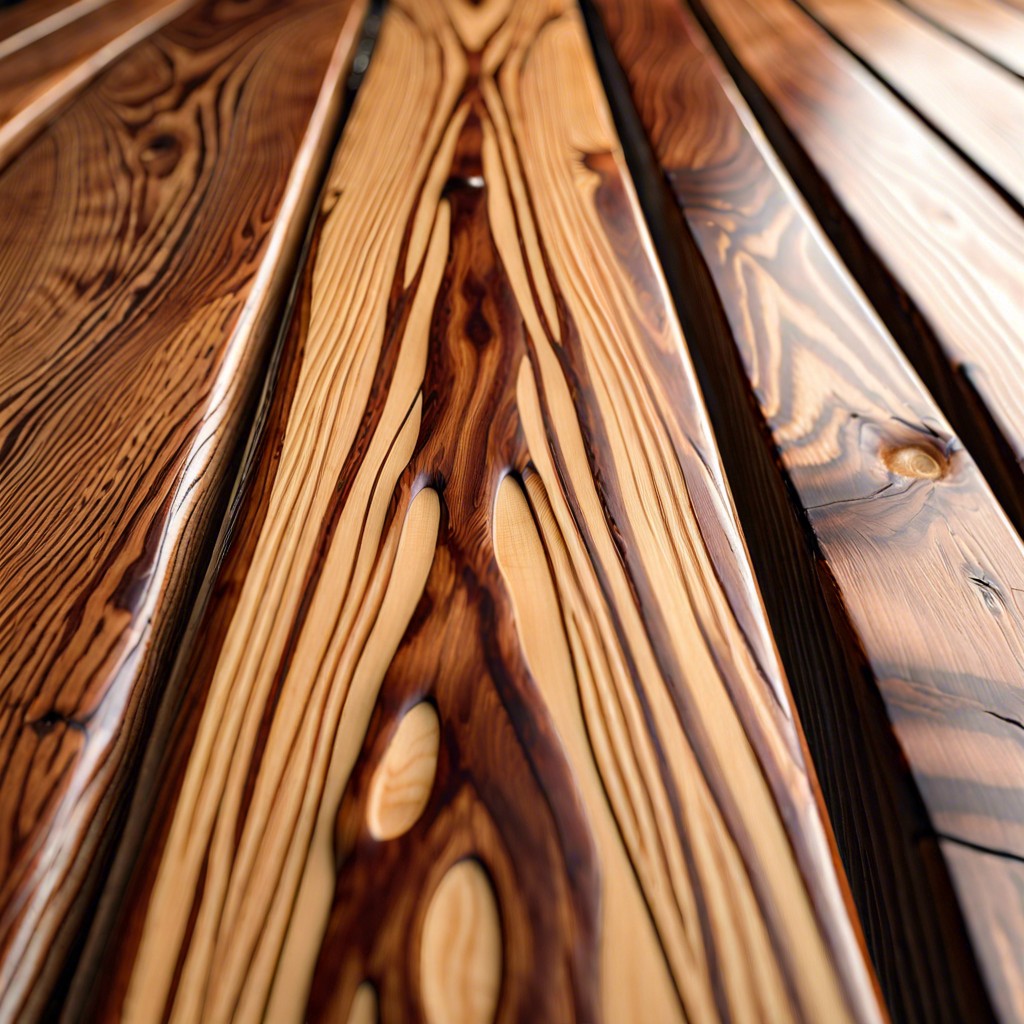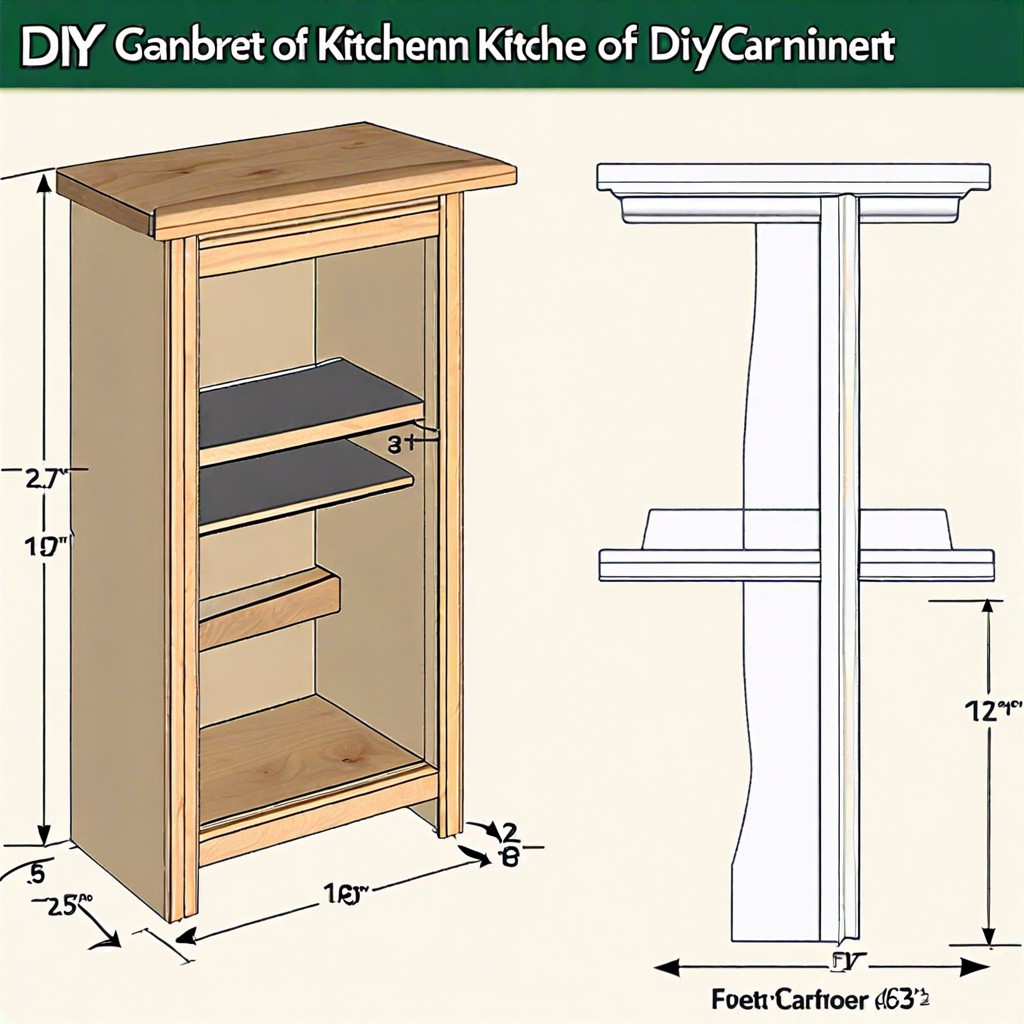Last updated on
Understanding the real-world size of 6 centimeters becomes easy when we dive into practical examples, because visualization aids comprehension.
Understanding the size of 6 centimeters in practical terms can be surprisingly handy. Whether measuring small items, understanding product dimensions, or simply satisfying a moment of curiosity, 6cm pops up in various common objects. Imagine holding a standard golf tee or glancing at your lipstick, and you’re envisioning the length we’re talking about.
From the USB stick peeking out of your computer to the face of the watch tick-tocking on your wrist, 6 cm manifests in familiar everyday items, including something as personal as the width of your pinky finger. Dive into a world measured in centimeters where we reveal tangible and relatable examples to give you a clear sense of this small but significant distance.
Key takeaways:
- A standard golf tee is approximately 6 cm long.
- A lipstick tube is often around 6 cm in length.
- A common USB stick is typically 6 cm long.
- Visualize 6 cm as the width of an adult’s pinky finger.
- The diameter of a standard watch face is about 6 cm.
What's Inside
Understanding 6 Cm in Everyday Objects

To grasp how sizeable 6 centimeters is, consider objects you might find around your home or office. A standard golf tee typically measures approximately this length, making it a handy reference point. Similarly, if you reach into your bag, a lipstick tube is often close to 6 cm long; this can serve as another physical example you can observe directly.
For tech-savvy individuals, the length of a common USB stick can also provide a clear visualization of this measurement. These familiar items not only help create a mental picture of 6 cm but also enable you to make quick and relevant size comparisons as needed.
A Golf Tee

For golf enthusiasts, the size of 6 cm is immediately recognizable; a standard golf tee measures approximately this length.
It’s the part of the tee that sticks out of the ground when you’re teeing up a ball, providing just the right amount of clearance for a clean drive.
Beyond the green, a golf tee can serve as a handy reference when you need an approximate gauge of this measurement in other situations.
If you have one lying around, you can place it next to an item to get a visual sense of the size we’re discussing, or think about it when reading product dimensions to better visualize their scale.
A Lipstick Tube
When rifling through a makeup bag or spotting a beauty counter, the familiar size of a lipstick tube is immediately recognizable. Typically, these cosmetic staples measure approximately 6 cm in length, offering a tangible way to understand this measurement. By comparing to a lipstick tube’s length, one can grasp the concept of 6 cm without the need for a ruler or a measuring tape.
This example serves as a handy reference point, particularly when considering smaller-sized objects or when a precise measurement tool isn’t within reach. So the next time you encounter a beauty product or any small item touted to be around 6 cm, picture a lipstick in your mind for an instant visual approximation.
A USB Stick
Imagine holding a common USB stick. These portable storage devices are typically around 6 cm long, fitting comfortably in the palm of your hand. This size makes them large enough to handle easily but compact enough to carry in a pocket or attach to a keychain.
If you’re trying to visualize 6 cm without a ruler, picture a USB stick, and you’ve got a pretty good approximation.
Visualizing 6 Cm
To effectively visualize 6 centimeters, consider a ruler as your main tool. Place items you’re familiar with next to the 6 cm mark to create a mental image—think about the width of a large paperclip or the height of a stack of six standard pencils lying flat.
Additionally, envision the width of an adult’s pinky finger, which is often close to this measurement.
If you’re without a ruler, employ common items as reference points. A credit card is approximately 8.5 cm wide, so just shy of that width gives you a rough idea of the 6 cm length.
As you interact with everyday objects, start noting their sizes; with practice, you can develop an instinctive sense for measurements, including envisioning 6 cm with ease.
Using a Ruler to Measure
To accurately gauge the extent of 6 centimeters with a ruler, start by locating the zero mark, ensuring it’s not worn or obscured. Align the item or area you’re measuring with this starting point for precision.
If your ruler has both centimeter and inch markings, focus on the metric side where one small line typically represents a millimeter, and ten such increments make up a centimeter. Look for the sixth longer line following the zero mark, which denotes the 6-centimeter length.
Hold the ruler steady, read straight across to prevent slanting measurements, and if you need to mark the spot, do so lightly with a pencil. Remember to measure at least twice to confirm the length for important tasks where accuracy is key.
Estimating Centimeters Using Objects
If you’re without a ruler but need a conceptual grasp of a 6 cm measure, consider common items as your guide.
A standard paperclip is just about 3 cm long, so imagine two end-to-end for a quick reference.
Need a single object comparison? The short side of a business card approaches the 6 cm mark closely.
For a tech-related touchstone, think about the width of a smartphone; it’s a tad more, yet close enough for an approximation.
Remember, these visual shortcuts can help when precision isn’t critical, but if exact measurements matter, always opt for a proper tool.
Common 6 Cm Comparisons
When considering the size of 6 cm, think about items such as the diameter of a standard watch face, which allows you to visualize the length across the middle of the watch. This is also close to the length of a typical guitar pick from top to bottom. These comparisons are handy for understanding this measurement, which might otherwise be abstract if you’re not used to working with the metric system.
Another comparison is the width of a large paperclip, which typically measures about 6 cm when straightened out. These tangible examples provide a reference in everyday life, making the concept of 6 cm more concrete and relatable.
Diameter of a Standard Watch Face
Imagine glancing at your wrist to check the time; often, you’ll find the face of a standard watch is about 6 cm in diameter, providing a clear and legible display. This size strikes a balance between visibility and comfort, ensuring the watch is not too bulky on your wrist.
For those in the market for a new timepiece, using this measurement as a reference can help in choosing a watch that’s neither too large nor too small for your personal style.
In the world of horology, the 6 cm dimension serves as a common ground, resonating with a broad consumer base, and offers insight into the considerations designers take when crafting universally appealing accessories.
Length of a Guitar Pick
If you’ve ever strummed a guitar, you’ve likely handled a guitar pick. These plectrums are often 6 cm long, providing a comfortable grip for musicians. This size strikes a balance between playability and control, allowing precise string manipulation without adding bulk that could hinder a smooth performance.
When you see a guitar pick, you’re looking at a real-world example of a 6 cm object. It’s a useful reference point when envisioning this measurement, particularly helpful for those familiar with musical instruments. This length is popular for its ergonomic properties, demonstrating how measurements such as 6 cm are practically applied in design for usability.
FAQ
What is something that is 6 cm?
An example of an object that is 6 cm in size is a chicken egg.
How big is a cm visually?
Visually, a centimeter approximates the width of a standard pencil, the length of a staple, the stack of five CDs or DVDs, the thickness of a typical notepad, or the radius of a U.S. penny.
How big is a cm example?
A centimeter, often compared to the diameter of a cheerio, represents a unit of length in the metric system, equivalent to 10 millimeters or 0.01 meter.
How does the size of 6 cm compare to common everyday objects?
A 6 cm object is roughly the size of a standard credit card, as they are usually 8.5 cm long and 5.3 cm wide.
What are some practical applications where a 6 cm measurement is typically used?
A 6 cm measurement is typically used in fields such as fashion design for detailing garments, model-making for creating scaled-down versions of larger objects, and cartography for detailed mapping.
Can you equate 6 cm to an equivalent in inches and provide a real-life example for visualization?
Sure, 6 centimeters is equivalent to approximately 2.36 inches, roughly the same length as a standard credit card.





